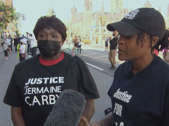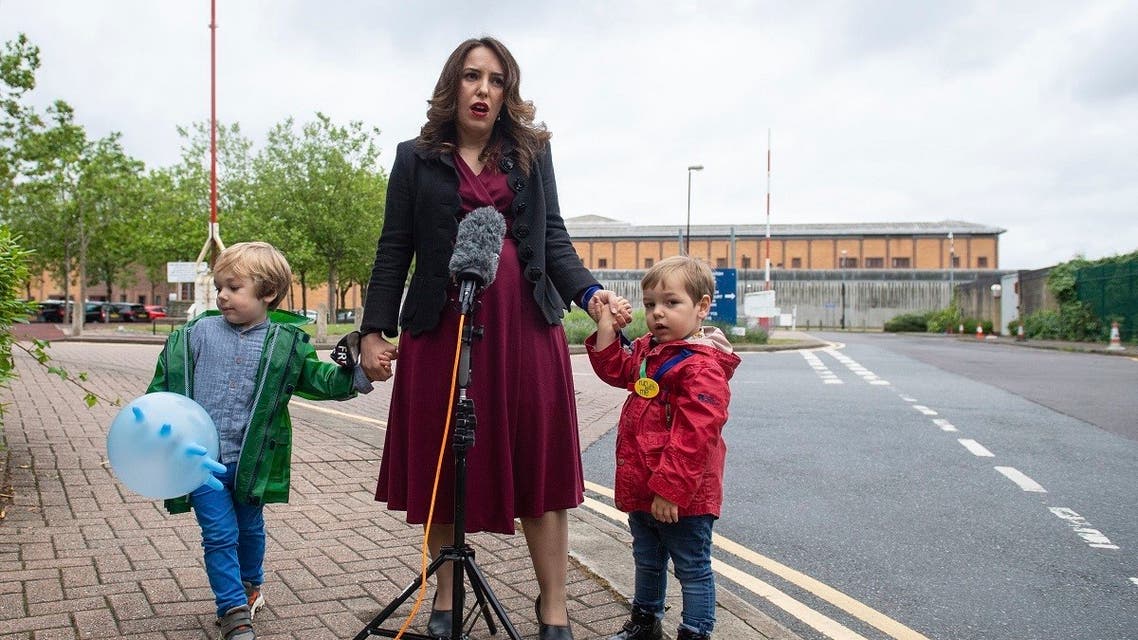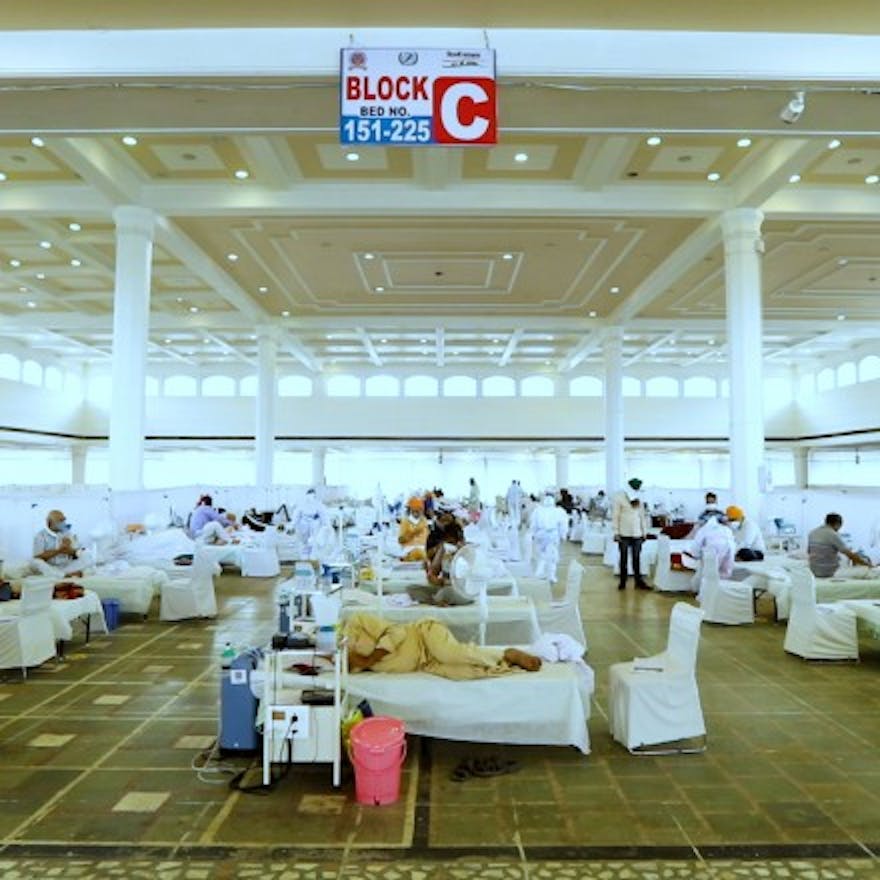Twinkle Ghosh
Each year, nearly eight million tonnes of plastic pollution enters the oceans from all over the world, but for the first time in 27 years, Canadians are witnessing an unusual clutter of masks and other personal protective equipment (PPE) kits washing up along the country's shorelines.

© EPA/DIEGO AZUBEL A protective mask lies next to cigarette butts on a street.
Play "Microscopic plastics polluting our waterways"
According to Great Canadian Shoreline Cleanup’s annual “Dirty Dozen” 2020 report, some 15,000 volunteers removed over 41,000 kilograms of litter from Canadian coasts and listed finding discarded COVID-19-related supplies among them.
Read more: Plastic pollution crisis — How waste ends up in our oceans
"This is the first time that we've seen it recorded and sort of statistically significant numbers too," Laura Hardman, leader of plastic-free oceans at Ocean Wise, told Global News Thursday.
"We just need to remember that as a society, as a whole, that whatever we dispose, whatever leaks out into our environment has implications."
The organization didn’t have a category on its data cards last year to formally track the amount of PPE-related litter but has added one for 2021, given the situation.
Play "All-female crew sailing globe to raise plastics awareness"
"I would really, really be asking for people to think responsibly about their personal impacts and to think about not only how they are disposing of masks, but also how they are using them, how they are ensuring that they don't get lost, that they don't leak out into the world," Hardman said.
While disposable masks may look like they are made of paper or natural fabric, they are manufactured using polymers that sometimes take decades or centuries to decompose.
Read more: Swirling pile of trash in Pacific Ocean is now 3 times the size of France
"That's an important consideration," Dr. Shoshanah Jacobs, associate professor in the department of integrative biology at the University of Guelph, told Global News Thursday. "These are new sorts of pollutants that are being introduced into the environment... So, we don't really know about how they'll kind of spread around quite, quite yet."
That does not, however, mean that public health should be compromised and people should give up on masks and PPEs Jacobs said.
"But surely we could have anticipated the need to provide proper disposal outlets and venues and also proper messaging to the public with respect to how we manage these important health-saving devices to ensure that it doesn't compromise the environment."
"If people are comfortable and able to use reusable masks, obviously that's a great thing," Jacobs said, but emphasized the need "to be supporting people" who are not, and guiding them on "proper disposal" of the single-use masks.
Hardman agreed.
Caught off guard
At the onset of the pandemic, Hardman said Canadians were caught off guard and were very "quick to react and we were put in a position where we had to change our behaviour."
As a result, she noted, a lot of single-use masks were given out initially. And whilst that was a great initiative, she said, "one of the things that we need to do as a society is to keep thinking about when single-use is necessary and when we can opt for a reusable alternative."
"I feel that, again, this is a message that continually needs to be, it should be, reinforced," Hardman said.
"It is for all of us to take responsibility for what we are, what we are purchasing and that we are handling it and we are disposing of it correctly, by making sure that we are putting the right things in recycling streams and are always doing it right."
"Canadian entrepreneur working to turn plastic waste into clean fuel"
For Jacobs, it's not really "a littering problem."
"It's a mask and PPE disposal problem. It may also be that people just really don't know how," she said.
The question we need to ask here, she said, is if "we need to have separate receptacles for PPEs, can they go in regular garbage or do we need to launch an education program" to make people aware of how to handle these products.
At this point, Jacobs said, it is of utmost importance that we follow "the guidelines or the advice of municipalities that are involved in waste management."
Video: Scientists find microplastics deep in Arctic ice
While recycling schemes differ between municipalities, Hardman said most of them are "very good" at keeping their websites updated.
"You can see very clearly what material can be recycled within a jurisdiction," she said. "So I think it is for the citizens to make sure that we are checking up on that. It is for municipalities to keep that information up to date, and it is for businesses to provide us with clear and transparent information about how a certain material can be handled."
How big is our plastic problem?
According to the United Nations, more than eight billion tons of plastic have been produced globally over the last 65 years, of which only a fraction has been recycled.
In 2020 alone, the proportion of single-use food packaging litter found on Canadian coastlines doubled. According to the Great Canadian Shoreline Cleanup report, single-use food and beverage litter jumped "from 15.3 per cent of all litter in 2019 to 26.6 per cent in 2020.”
Read more: Whale dies after 80 plastic bags found crammed in its stomach
Once plastic gets into the ocean, it can be hard to filter it back out. Instead of biodegrading, most plastics simply break into smaller fragments until they become known as micro-plastics, which are less than five millimetres in size.
By 2050, the World Economic Forum predicts that the oceans will hold more plastic than fish. The biggest polluting countries of the world so far are all in Asia, with China contributing the most.
Indonesia, the Philippines, Vietnam and Sri Lanka are among the top five. Canada and the United States not far behind.

 cbc.ca
cbc.ca












